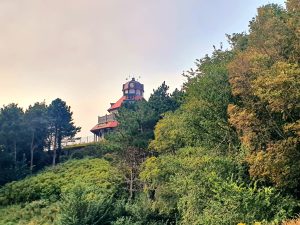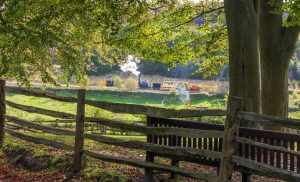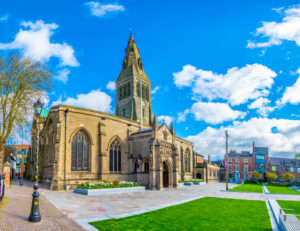
Pendle Hill
About:
Pendle Hill is an iconic landmark in Lancashire, rising to 557 metres (1,827 feet) above sea level. Situated near the towns of Clitheroe, Burnley, and Nelson, it dominates the surrounding countryside and is a popular destination for walkers, history lovers, and those drawn to its mysterious past.
The hill is best known for its association with the infamous Pendle witch trials of 1612. Twelve individuals from the area were accused of witchcraft and brought to trial in Lancaster, where ten were found guilty and executed. This dark chapter in English history has left a lasting legacy, and Pendle Hill remains closely linked with tales of magic, superstition, and the supernatural. Today, visitors can follow the “Pendle Witches Trail,” a scenic route that traces the journey of the accused and explores the villages and landmarks connected to the story.
Despite its grim folklore, Pendle Hill is also a place of peace and natural beauty. The climb to the summit, while steep in places, is accessible to most walkers and offers breathtaking views across Lancashire, Yorkshire, and even as far as the Lake District on a clear day. The landscape features open moorland, rolling hills, and dry stone walls, providing a classic example of rural northern England.
Pendle Hill also holds spiritual and historical significance beyond the witch trials. In 1652, George Fox, the founder of the Religious Society of Friends (Quakers), experienced a vision on the hill that inspired the beginning of the Quaker movement. This moment is commemorated by a plaque on the hillside and remains a place of pilgrimage for many Quakers around the world.
Throughout the year, Pendle Hill attracts a variety of visitors: hikers enjoying the challenge, history enthusiasts following the witch trail, and families taking in the fresh air and open spaces. In autumn, the changing colours make it especially scenic.
Whether approached as a site of legend, a spiritual landmark, or a natural wonder, Pendle Hill offers a unique blend of history, mystery, and striking beauty. It stands not just as a physical high point, but as a symbol of the region’s rich and layered heritage.










